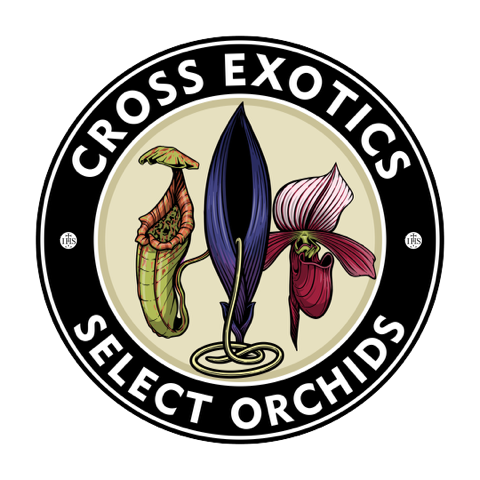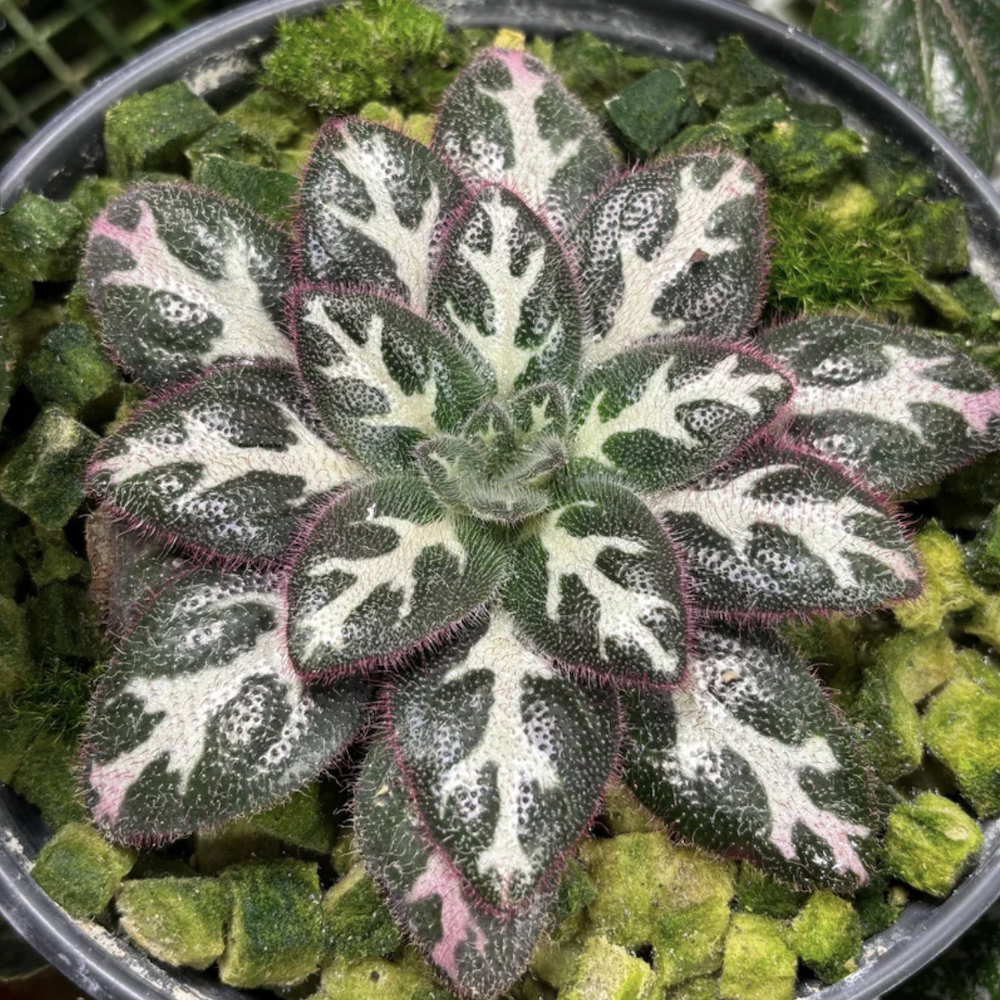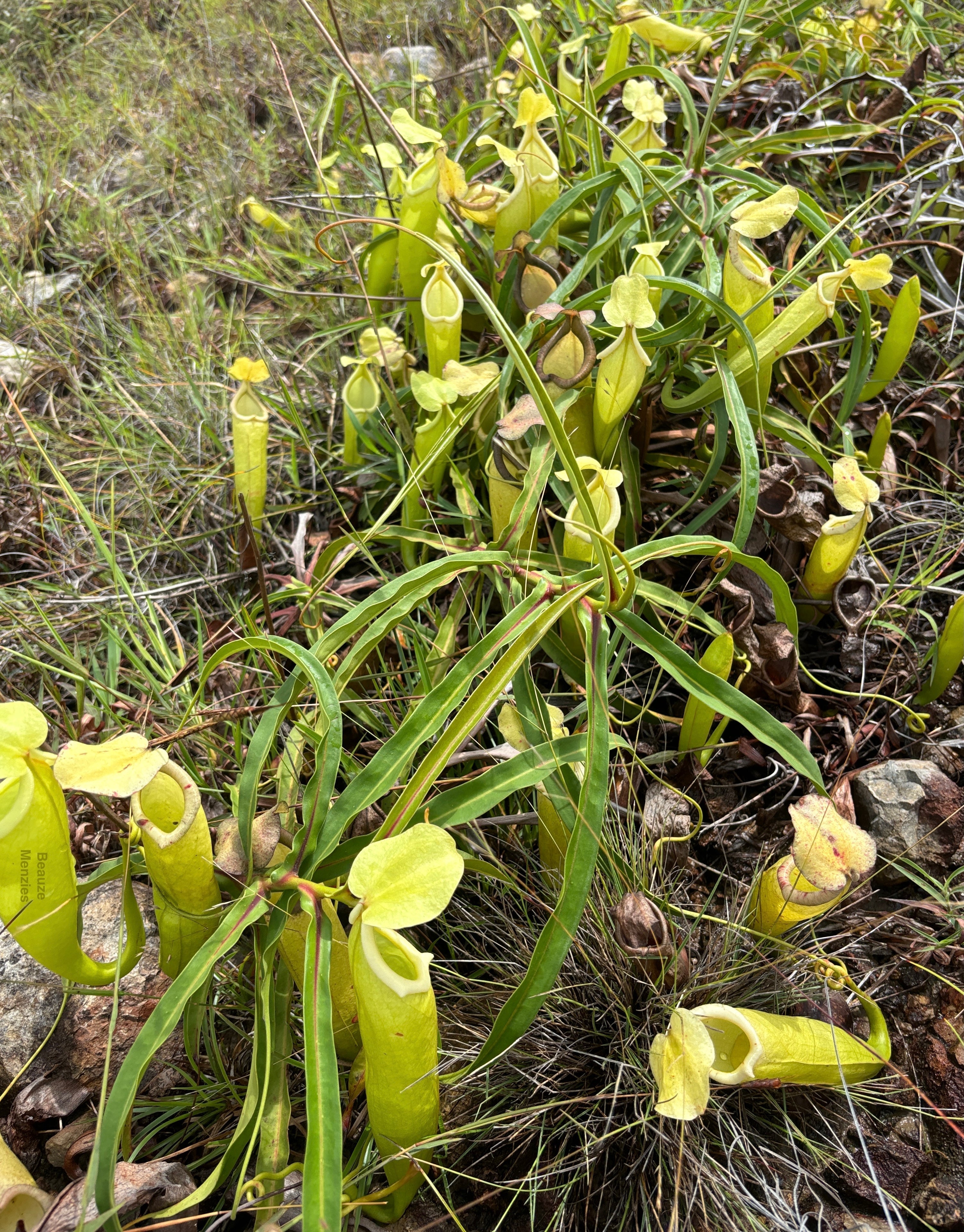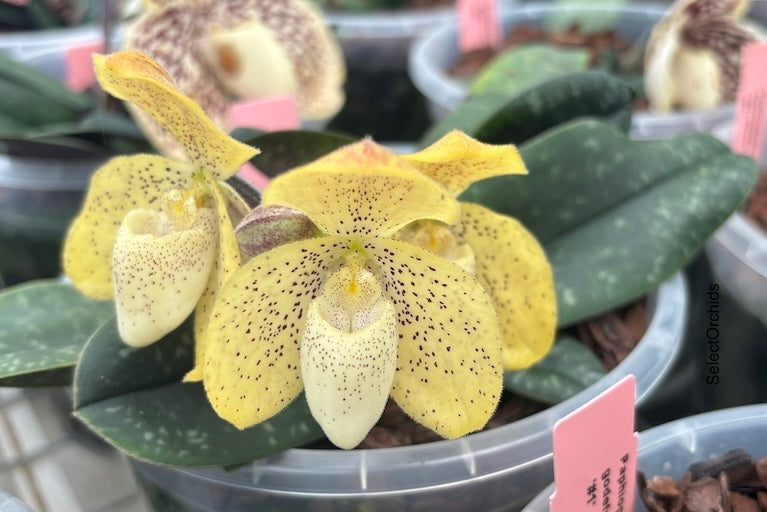Growing Vireya Rhododendrons
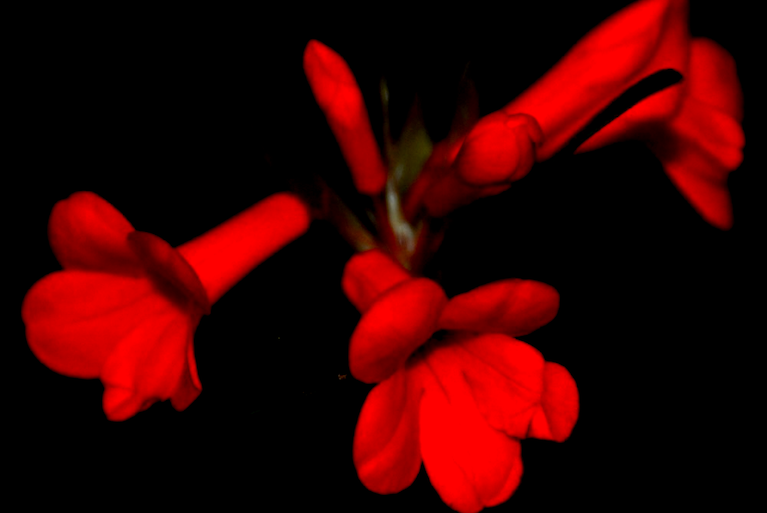
Vireya Rhododendrons are an incredible group of plants that are quite different from your typical azaleas. This section is from SE Asia with a ton of species coming from Papua and produces typically compact plants with neat flowers and spindled seeds identical to Nepenthes' seeds. Unfortunately, Vireya are not that common in the US due to Rhododendron imports being banned from the US except for from Canada for an unclear reason - I believe this was a general ban to protect the azalea trade from a disease back in the day but the negative effect was stifling trade in Vireya which is the same genus. Oh well. Thankfully, the Rhododendron Botanic Garden in WA did import a vast amount of species through Canada so we do have access to many of them.
Another reason why Vireya are uncommon is due to the primary nurseries dealing with them having closed or switched interest. Bovees was one of the biggest Vireya growers but apparently sold their collection or similar. There was also a HI nursery but they seem to have closed. Vireya do have a potential broad scale horticultural market in theory so a lot of effort was made into breeding new hybrids that are showy, especially using R. zoelleri. However, in the US that market was limited to frost free zones like California and Hawaii so the market was limited and never took off. It appears that breeding efforts in Australia were more successful.

Rhododendron christianae
Vireya are quite easy plants just like the Neotropical blueberries. However, they are sometimes reluctant to flower but typically do so once mature. They are also said to be slow but this seems to vary a lot with species, but most importantly, fertilizer use.

Rhododendron stenophyllum hybrid. Makes a very bushy plant.
Fertilizer use for Vireya can be vague in general. However, they are acidic loving plans that hate nitrate so ammonium/urea is important. Urea often hydrolizes into ammonium bicarbonate though which raises the soil PH for several days stressing the plant and the grower is none the wiser. When using fertilizer it's important to remember that the increased Nitrogen increases the demand for micronutrients such as iron so they become pale and veined easily. It is not an overfertilization problem! Vireya are almost always iron deficient but this is easily fixed by using high doses of chelated iron - in amounts comparable to regular soil (5 ppm) not the miniscule amounts used in hydroponics (1 ppm).

There is a few soil options for growing vireya. Traditionally, fluffy soil is key and it certainly helps. However, the fine roots don't like to dry out as claimed and when repotting a course media like bark can cling and break most of the roots leaving the plant vulnerable to Pythium attack. Sphagnum has the same issue but lasts a very short period and cannot be recommended. Coco husk again has huge clingy chunks that rot and massive sodium loads that can intoxicate Rhododendrons. So this is a dilemma.
The easiest option is buying growers grade peat (not home depot) and making it very fluffy. Perlite works fine here but a fluffier substrate would be better like polyurthane foam - sadly this is not sold cubed in the US. Peat allows for very easy repotting. Another option would be using fine seedling orchid bark which would need more frequent watering. In my case, I use rockwool which never degrades but it requires constant fertilizing otherwise the nutrients wash out completely due to no CEC.
